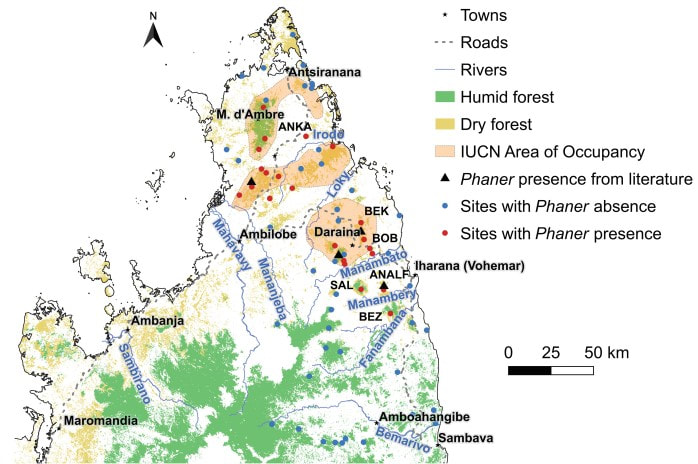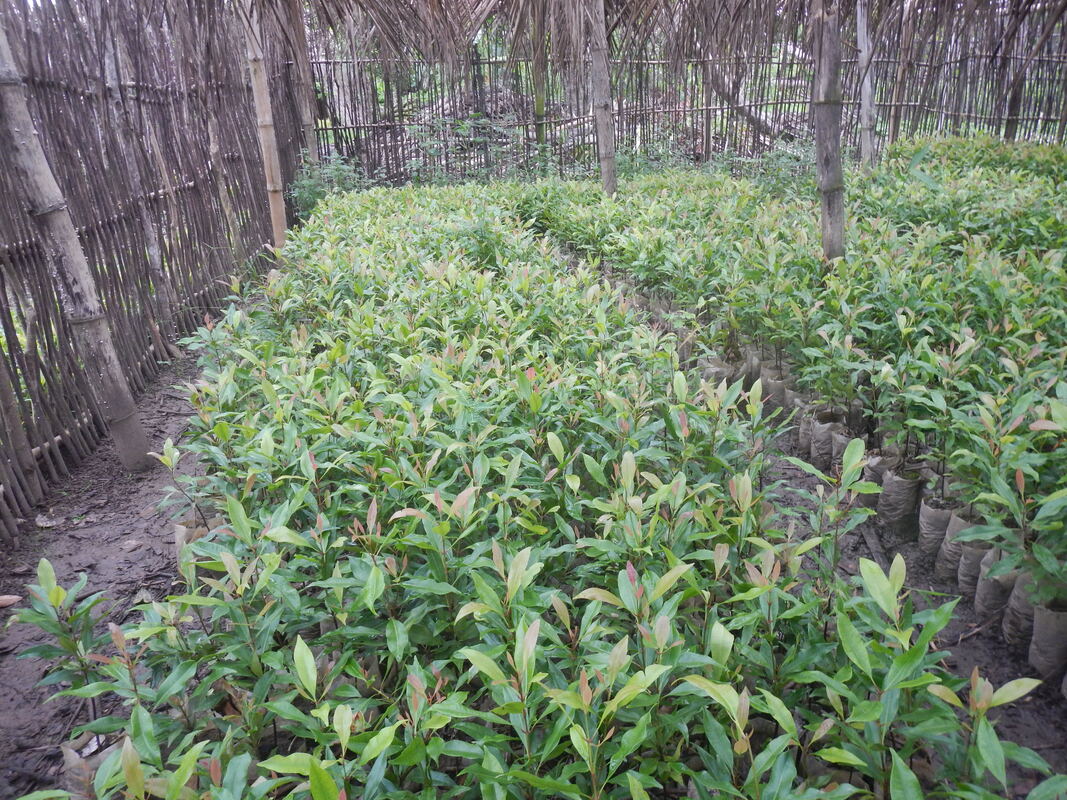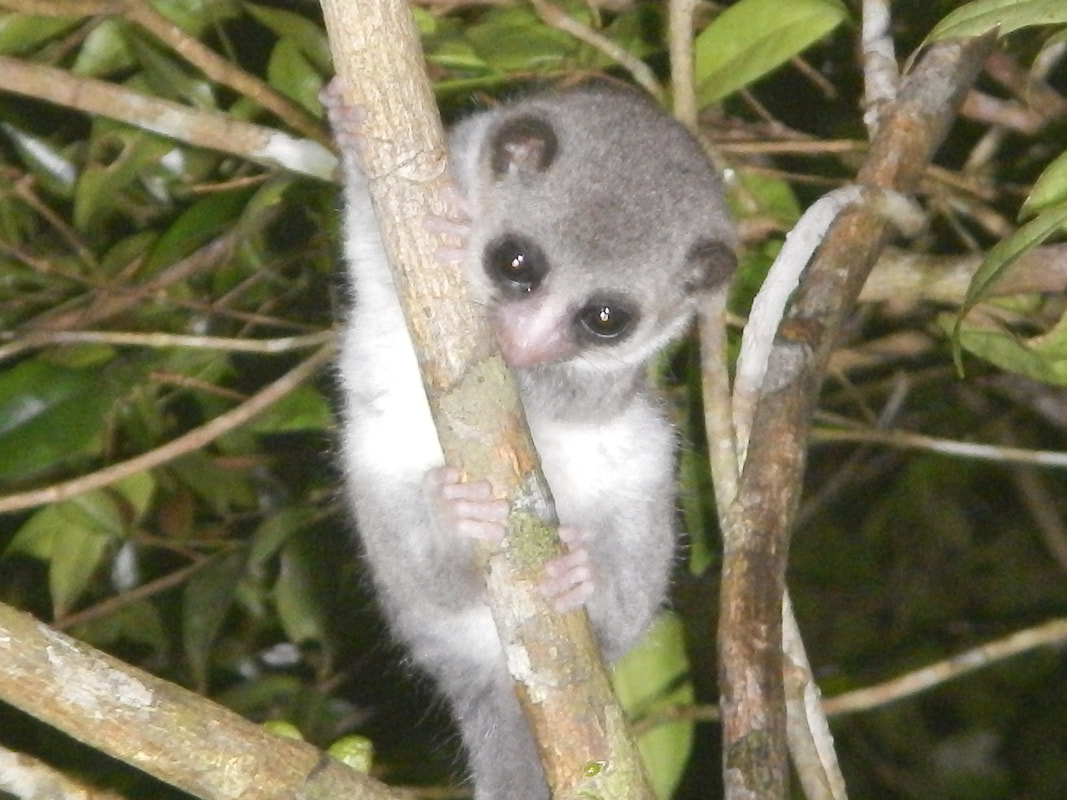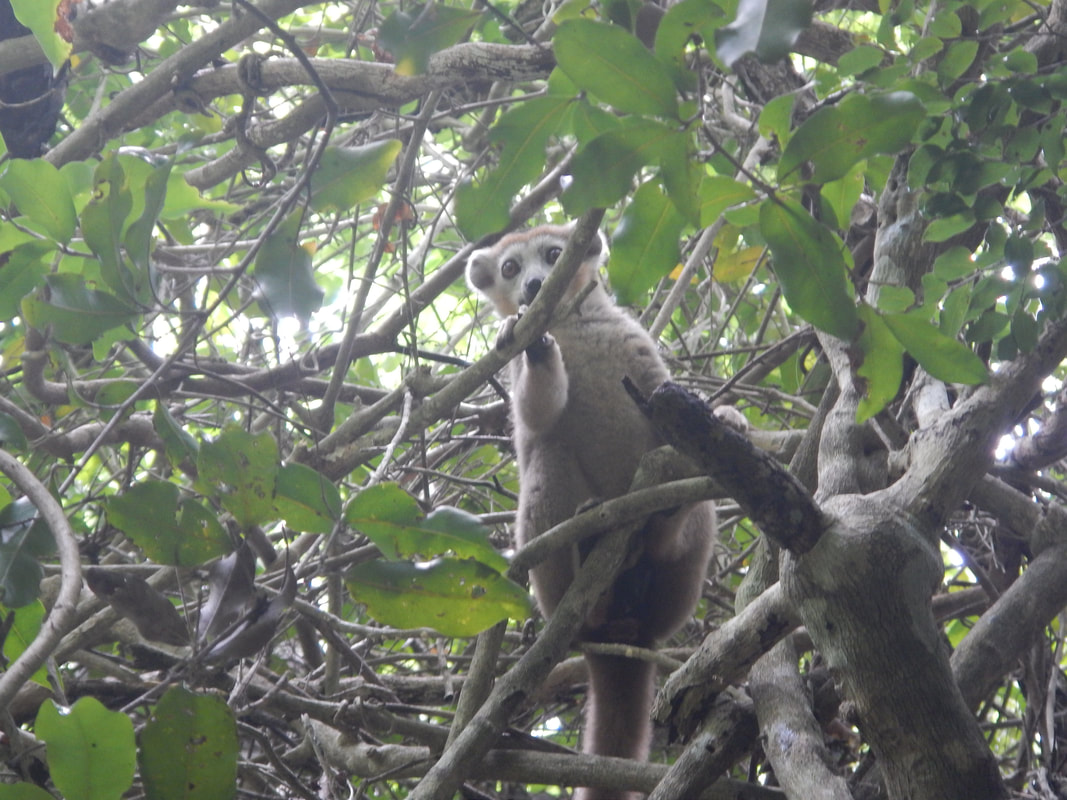Conservation Work
Below is a summary of how my research is applied to conservation:
Remote-sensing Techniques to Monitor Wildlife
|
Some of my research has focused on the acoustic and seismic communication of different animals. Whilst this information is useful to understand how animals communicate, such data are also highly important for remote-sensing of wild animal populations to non-invasively monitor their movements and population dynamics for conservation purposes.
My research provides detailed information on which calls and vocalisations animals use, and this knowledge can be utilised by scientists and conservation organisations to acoustically or seismically detect animals passively, without the need to spend time searching for them visually. This hands-off approach saves valuable time, and enables conservation scientists to remotely survey animal populations over large areas. Such approaches are ideal for species that are highly vocal, cryptic and elusive, and difficult to find and localise. |
Reforestation and Habitat Restoration
|
Over 85% of Madagascar’s original forest cover has been cleared, and many reforestation and habitat restoration efforts are now underway throughout the island to increase the availability of forest habitat. The NGOs that lead such initiatives often require detailed information on the habitat requirements of endemic fauna and the impacts of tree-planting on the ecosystem to 1) incorporate appropriate tree species into their planting regimes, and 2) to identify the most suitable areas for restoration.
My research into the ecology and habitat-use of lemurs provides information on the trees that these species need for food and shelter, and I have been communicating my results with conservation NGOs so these species are included in localised habitat restoration efforts at my study-sites. I have also studied how exotic tree species impact native floral and faunal assemblages, and whether these fast-growing, poor soil-tolerant trees are suitable candidate-species for reforestation initiatives in dry, drought-prone areas. |
Population Density Estimates and Geographic Range Extensions
|
Knowledge of how species respond to environmental, climatic, and habitat-related changes is critical for an informed understanding of their conservation biogeography, and for the implementation of successful conservation strategies. Population densities are a good indicator of how well-suited an animal is to its surrounding environment, with higher population densities often observed in optimal habitats in comparison to sub-optimal or degraded habitats. Density estimates are also vital to understand how animal populations change over time.
My research has provided information on the densities and geographic distributions of many animal species, most notably lemurs, and these research results are used to assess these species’ conservation statuses. Lots of my fieldwork has also confirmed new occurrence records for many understudied taxa, resulting in geographic range extensions and increases in their known area of occupancy. |
Conservation Assessments
|
I am currently a member of the IUCN SSC Primate Specialist Group (Madagascar Section), and I am a participant in the IUCN Red Listing process for several of Madagascar’s lemurs. This work involves analysing data of species geographic ranges, population size and density, behavioural ecology, habitat usage and requirements, and threats to assess how threatened each species is and how great it is at risk of extinction. These assessments are then used to guide applied conservation action, allocation of financial and logistical resources for species-specific research, habitat restoration and reforestation efforts, and the establishment of protected areas.
|
Ⓒ Daniel Hending




